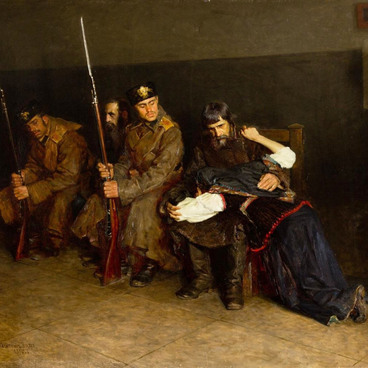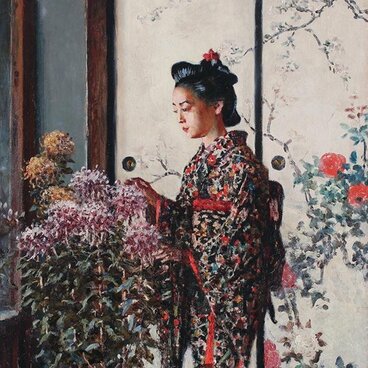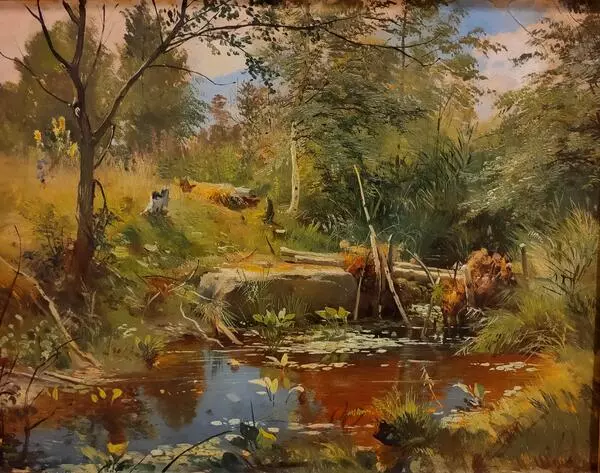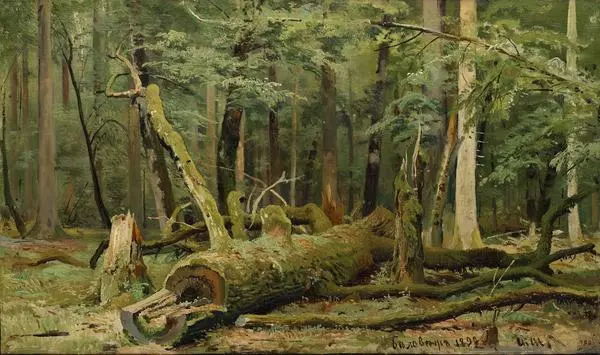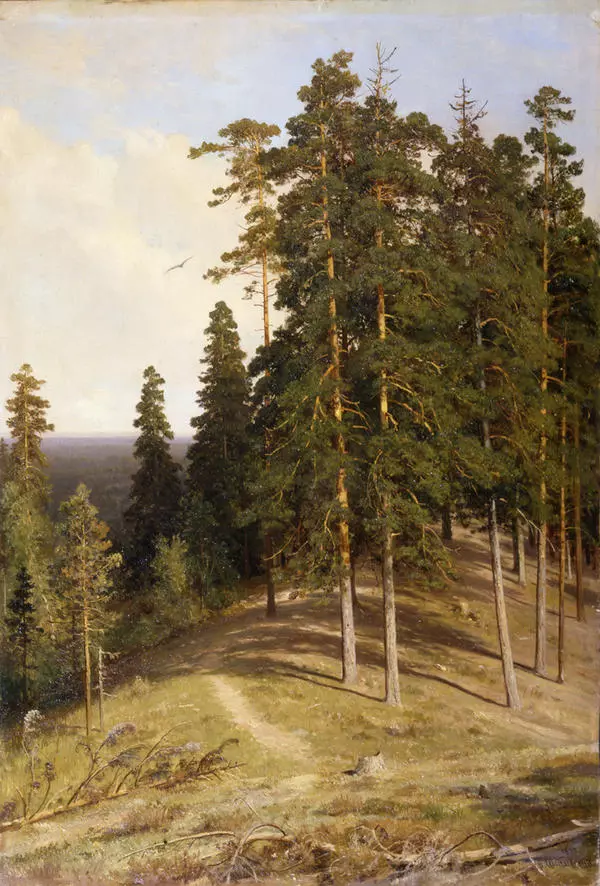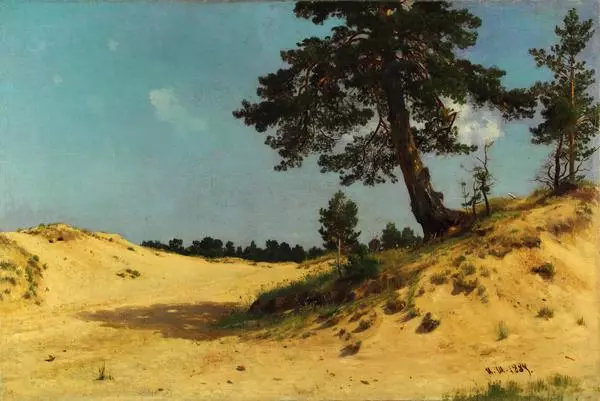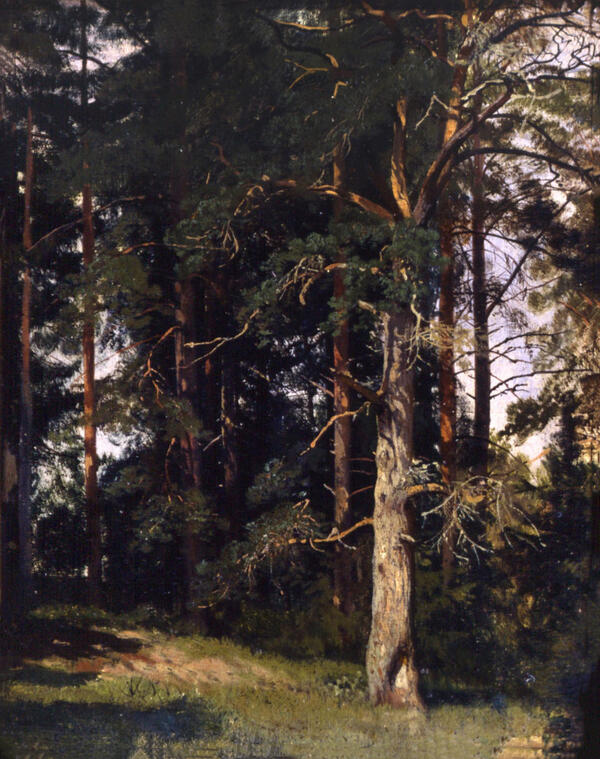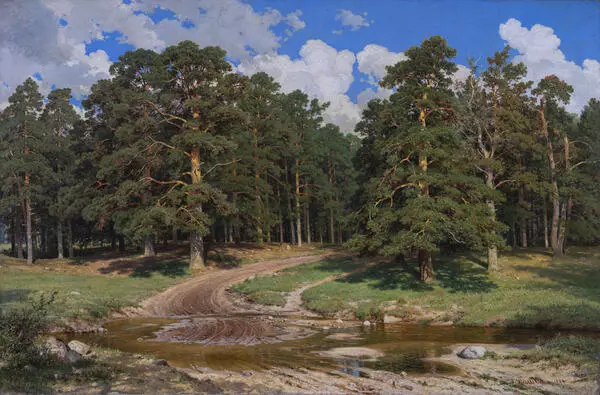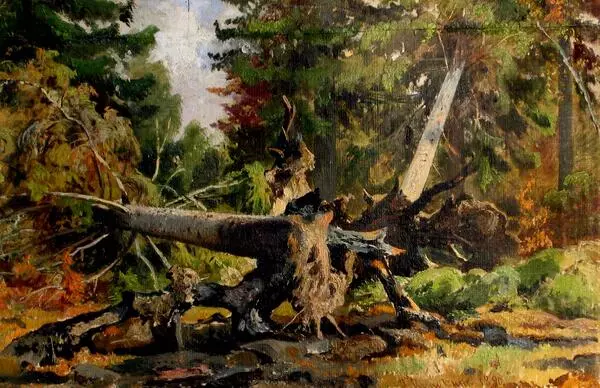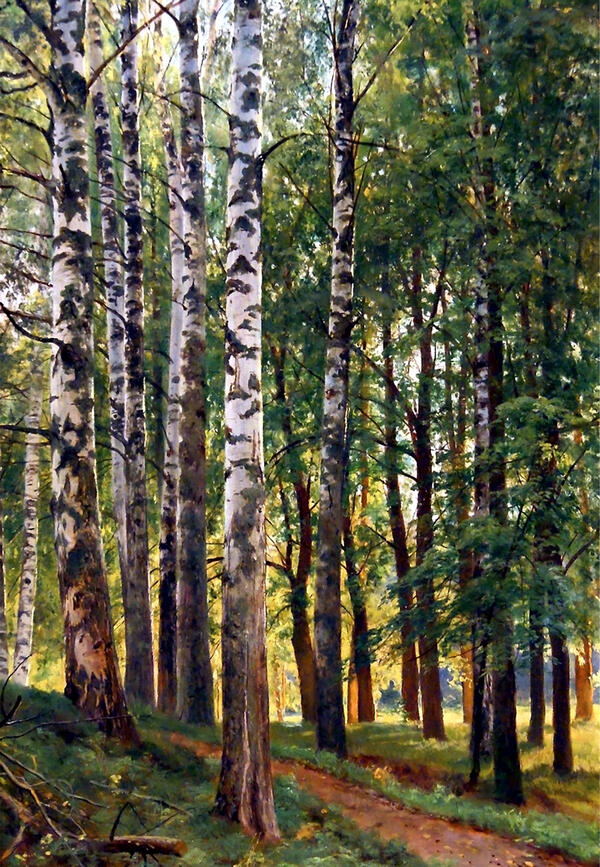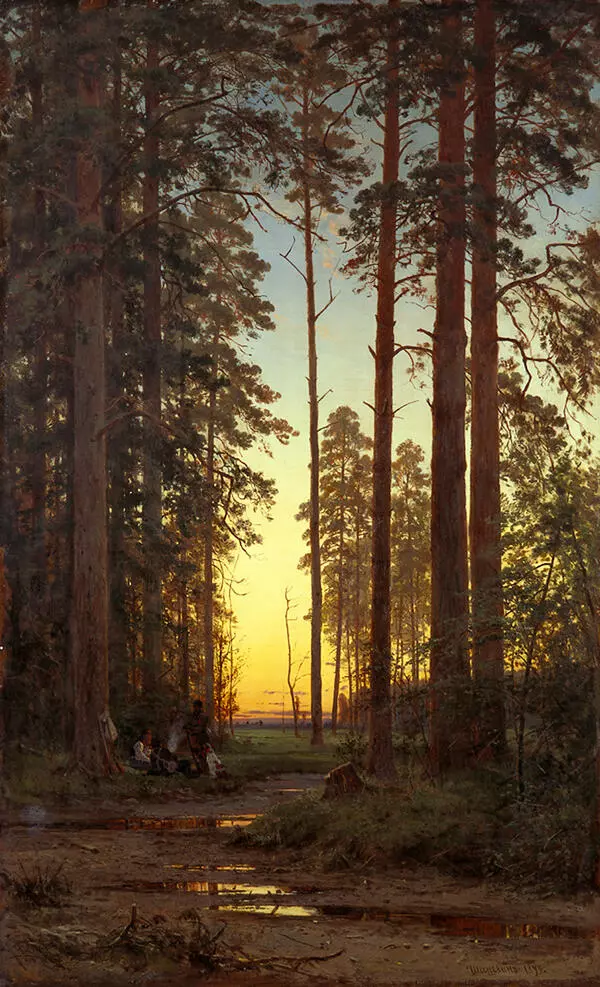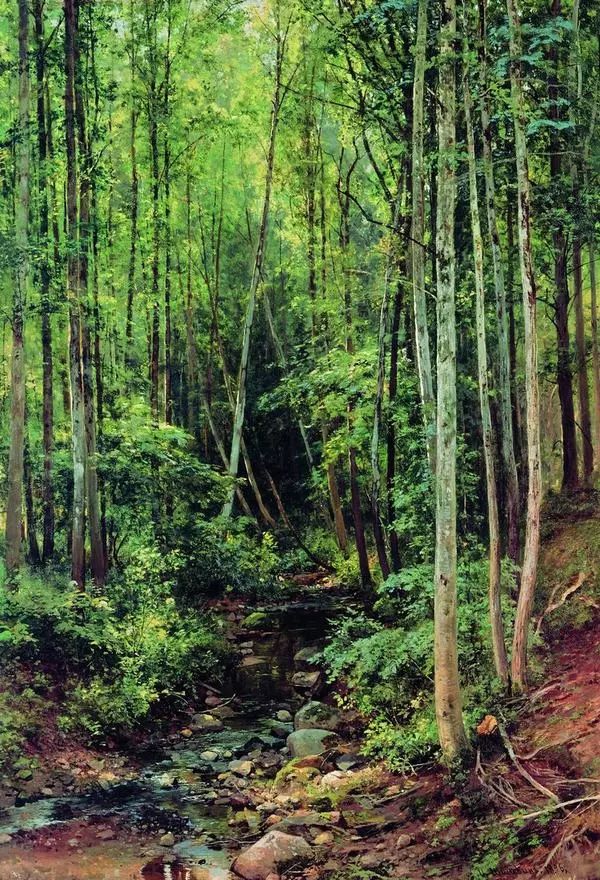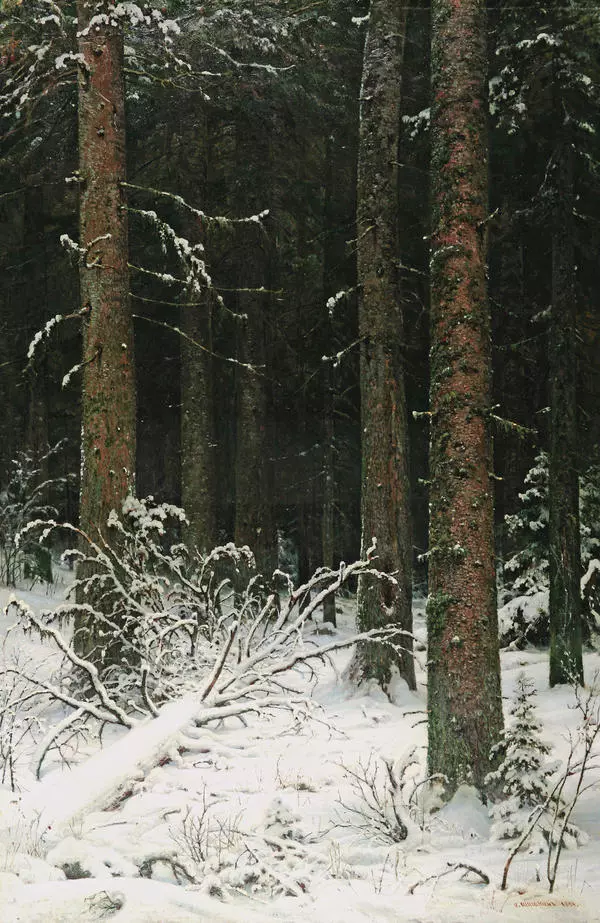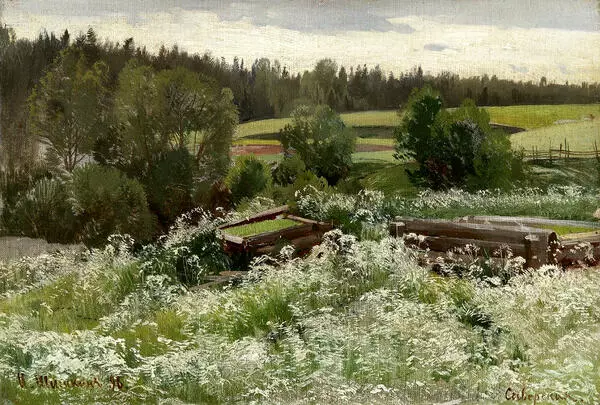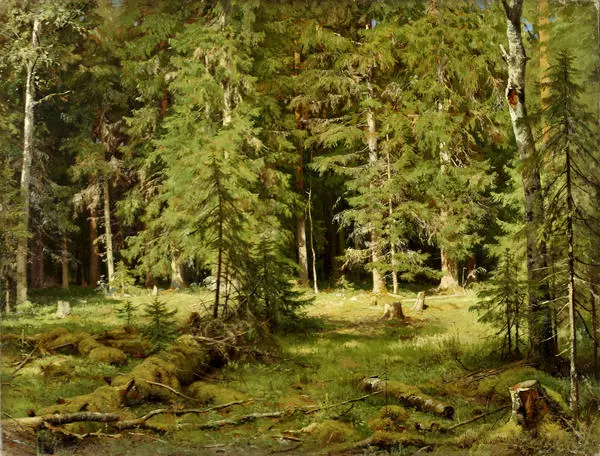The collection of the Sevastopol Art Museum features a painting by the famous artist Ivan Ivanovich Shishkin — “A Pine Tree”. This study, distinguished for its “anatomical” accuracy, inspires delight and admiration for the power of nature to this day.
As in most of his works, Ivan Shishkin chose to paint from life and portrayed with great reverence what in itself has permanence and immutability — an evergreen coniferous tree and his favorite, already settled season — summer, with clear signs of a sunny day. At the same time, unlike most of Shishkin’s theme-based paintings, this study reveals the artist’s evident fascination with plein air discoveries. Here is a more complex rendition of light and air environment and, most importantly, a much greater freedom, looseness in the compositional solution, choice of point of view, and scenic beauty. What is depicted here by Ivan Shishkin is not the pine tree in general (as this is not a botany manual), but rather a portrait of a pine tree.
The landscape was painted on July 4, 1892 in the resort town of Merrekul, not far from Narva (now Estonia). This pine tree was known as “Shishkin’s pine tree” in Soviet-era guidebooks, as the famous master painted it more than once. Another work of 1894, exactly repeating the composition of the original painting, but slightly larger and made in a traditional “smoother” manner, is kept in the Vladimir-Suzdal Museum. Estonia has a legend of its own about this pine tree. Estonians call it “Musi mand”, or “the pine of kisses”. Nowadays it is a ritual place. One can only imagine how many vows and declarations of love this tree has heard. After all, it was under its lush crown that the most important dates were appointed, and very often the fates of young people were decided. To this day, the newlyweds come to the pine tree to bow down on their wedding day, so that their family life would be happy and peaceful.
The painting came to the Sevastopol Art Museum from
the collection of the famous Moscow businessman and patron of art, who
collected works of Russian painting, David Vulfovich (Vasilyevich) Vysotsky. In
his collecting activities, he was consulted by the artist Leonid Osipovich
Pasternak.

